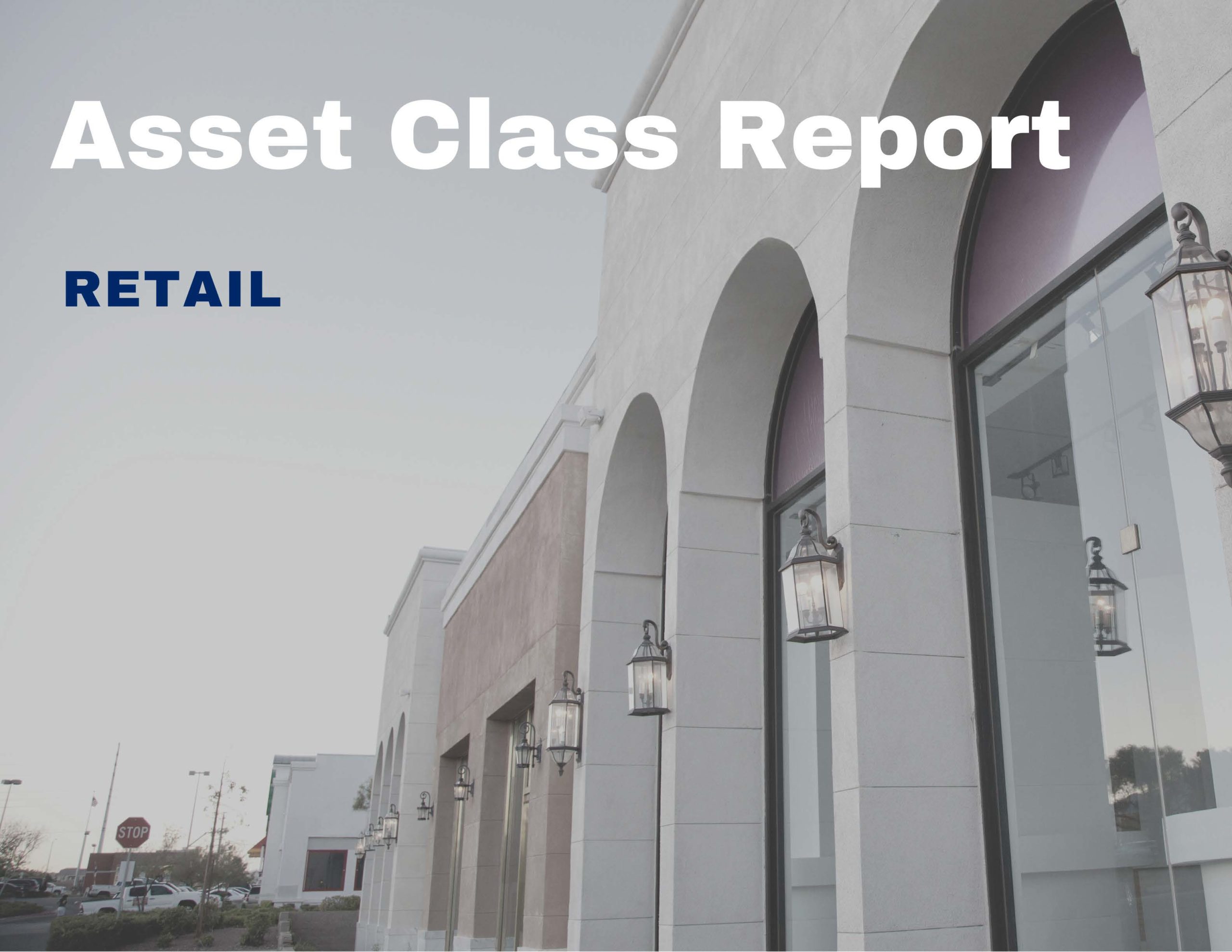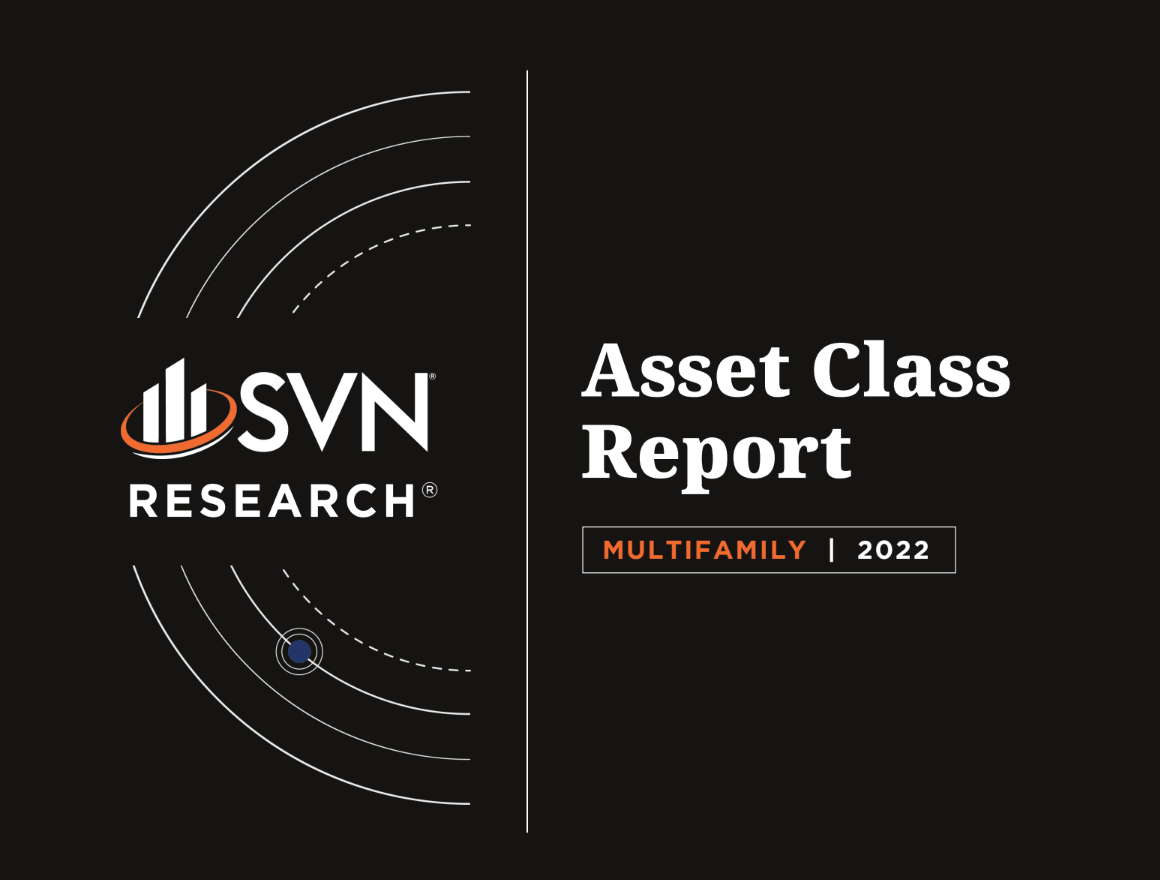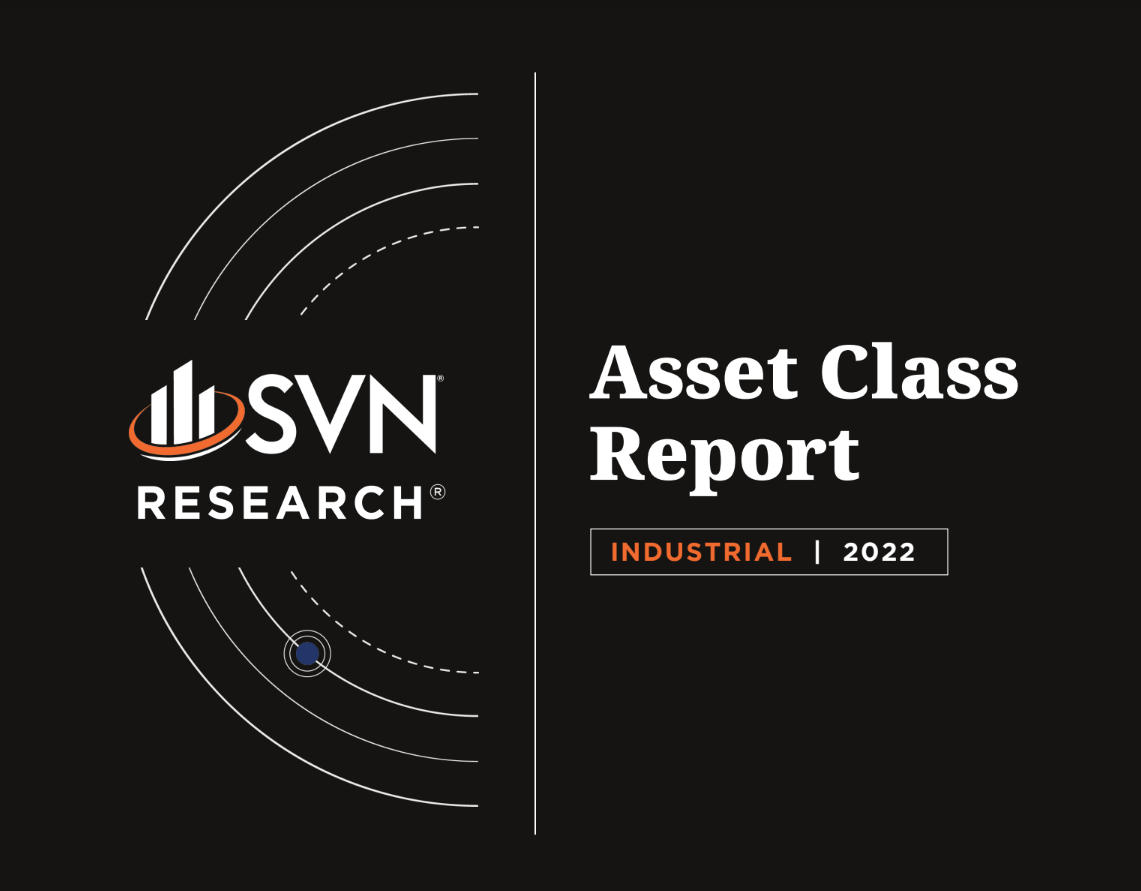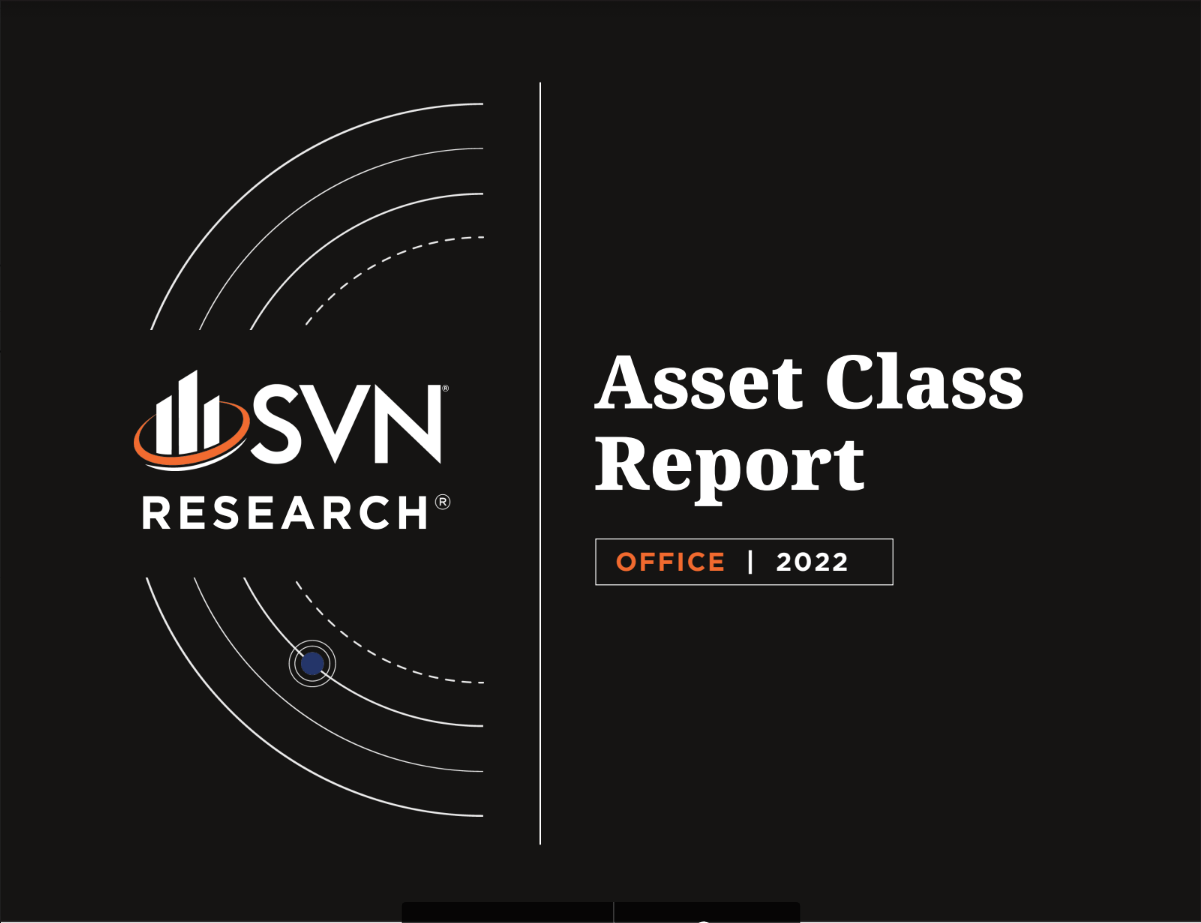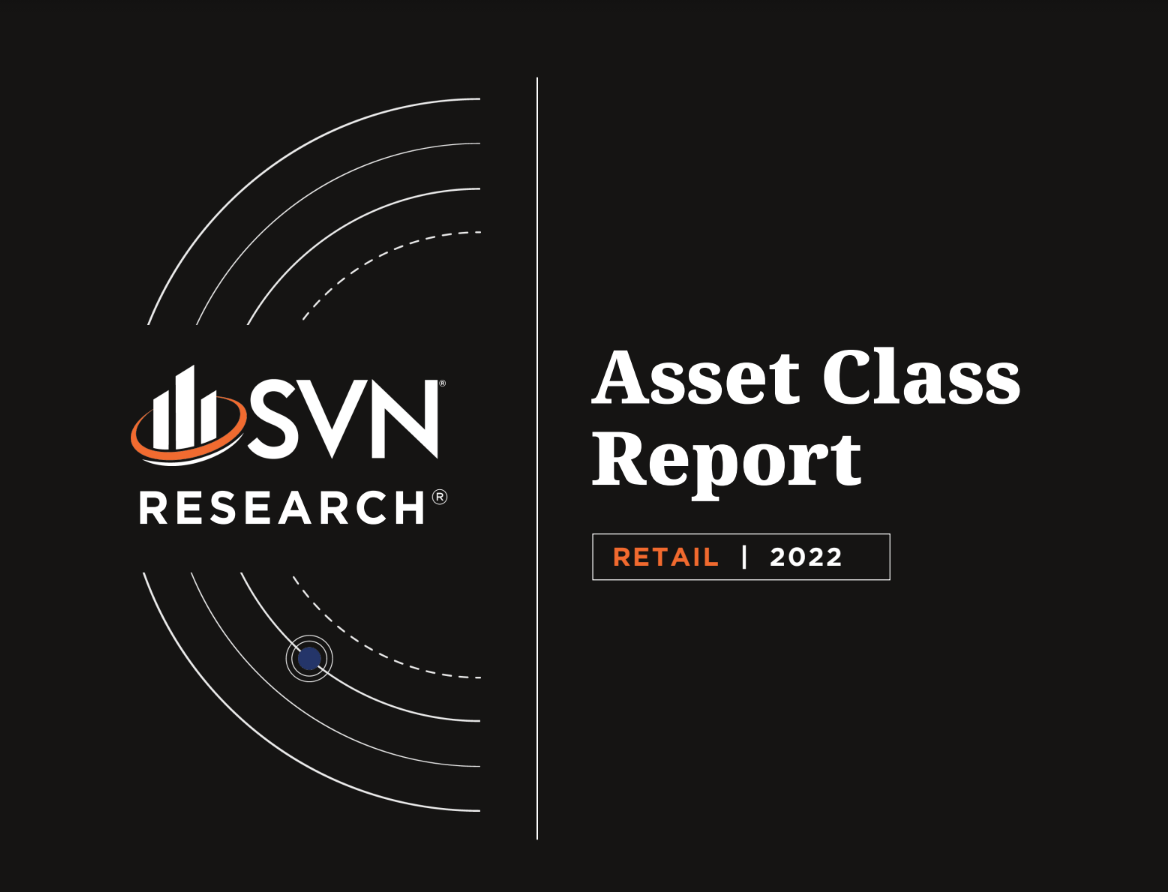admin / April 15, 2022
Commercial Real Estate Update 04.15.22
Commercial Real Estate Economic Update 4.15.22
Featured topics:
- Consumer Price Index
- Producer Price Index
- Commercial Property Price Index
- Return-To-Normal: Shopping
- Office to Apartment Conversions
- Renter Migration Trends
- The Construction Labor Market
- Job Openings And Labor Turnover Survey (JOLTS)
- Cross-Border Investment
- Tech Markets To Watch
Commercial Real Estate Economic Update 4.15.2022 – (Download Full PDF)
1. CONSUMER PRICE INDEX
• Consumer prices posted an 8.5% year-over-year increase through March, its fastest annual pace since December 1981, according to the Bureau of Labor Statistics. Month-over-month, prices rose 1.2%.
• Energy continues to place the most upward pressure on prices, rising by 32.0% since March 2021. The impact of the Russia-Ukraine War and the ratcheting-up of Western sanctions on Russian oil exports in the past several weeks saw energy prices rise by 11.0% month-over-month in March— dwarfing recent months of data.
• Food prices for American consumers also continue to rise, posting a 1.0% rise for the second consecutive month. This threshold has only been reached twice since 1990— during the height of the Great Financial Crisis and at the pandemic’s onset in April 2020.
• Prices excluding food and energy have climbed by 6.5% over the past 12-months but saw a noteworthy slowdown in upward movement during March, rising by just 0.3% in the month after five-consecutive months of +0.5% increases.
2. PRODUCER PRICE INDEX
• Producer prices have risen by 11.2% over the past 12-months and by 1.4% month-over-month through March, an uptick from 0.9 % in February, according to the latest release of the Producer Price Index by the Bureau of Labor Statistics.
• Goods prices contributed the most to the increase in March, rising by 2.3% and matching last month’s pace—while services rose by a more modest 0.9% month-over-month.
• Over half of the increase in final demand goods prices in March was due to energy, which climbed by 5.7% in March after an 8.2% pace in February. Diesel fuel prices led all energy-related increases during the month, jumping by 20.4%.
• The major contributor to the rise in services was a 22.7% increase in margins for fuels and lubricants.
• Producer prices minus food, energy, and trade services rose 0.9% in March, its fastest pace since January 2021. Over the past 12-months, prices for final demand minus foods, energy, and trade services increased by 7.0%.
3. COMMERCIAL PROPERTY PRICE INDEX
• The US National All-Property Price Index, which produces a weighted measure of commercial real estate prices, rose by 19.4% over the year ending February 2022, according to Real Capital Analytics (RCA).
• Industrial properties experienced the fastest annual rise in prices among the major property sectors, climbing by 28.5% year-over-year. Notably, this is the fastest annual pace of increase for any individual property type since the index’s inception.
• Apartment prices registered their fastest increase on record, climbing by 23.2% year-over-year through February 2022. Cap rates for both Apartment and Industrial have cratered to new record lows.
• Retail prices, which were still suffering from declines in early 2021, posted a 21.1% increase from last year, the fastest increase for the sector on record.
• Price growth in the Office sector was mixed, with CBD Office rising by 4.7% year-over-year after falling for much of 2021. On the other hand, Suburban Office price growth has started to decelerate but continues to fare better than CBD office with an annual increase of 10.1%.
4. RETURN-TO-NORMAL: SHOPPING
• A recent Morning Consult analysis on consumer sentiment surrounding a return to normal shopping activity found that 71% of US adults are comfortable going to a shopping mall, a pandemic-high for the survey, which sat as low as 17% when initially polled in May 2020.
• A 31% share of American shoppers claim to be spending more now than before the pandemic, and while much of that has come in the form of e-commerce, improving comfortability with in-person shopping could help brick-and-mortar retailers capture some of that growth.
• 47% of respondents say they are spending more online than they were pre-pandemic, while 9% say they are spending less and the remaining staying flat.
• By income group, the percentage of households with increased spending is about flat, but an estimated 15% of adults with income of $50k or less claim to spend “much more” than before the COVID-19 pandemic. The share of those with annual incomes of $50k-$100k who are spending “much more” than before is at 11%, while the share of those with incomes of $100k or more stands at 10%.
5. OFFICE TO APARTMENT CONVERSIONS
• A new study by Moody’s Analytics REIS calls into question the post-pandemic trend of adaptive reuse for Office conversions into apartment properties.
• The study focuses on the New York City metro, where offices have faced some of the most disruption from remote working, and apartment demand is likely to exceed that of the office sector. Their findings estimate that only 3% of the nearly 1,100 office buildings tracked met the characteristics of viable apartment conversions, with most being current class B or C offices buildings.
• The report notes New York’s unique exposure to low-occupancy risk for offices, given its high inventory, high cost of living, and a high share of jobs that can be performed remotely. But even in the Big Apple, it may be far-fetched to believe that a conversion wave is on its way.
• A key metric in the study is that despite the massive underutilization of New York’s office market in 2021, the median selling price for office properties transacted in 2021 stood at $542/SF. The report’s analysts estimate that at 2021 apartment transaction rates and average market conversion costs, developers would need to seek offices available at $262/SF to maintain current-market profit margins. Moody’s Analytics REIS estimates that only about 20% of New York’s office buildings traded at $262/SF or lower in 2021.
6. RENTER MIGRATION TRENDS
• A new report by Storage Café shows that Dallas suburbs emerged as the biggest destination for renter migration in 2021, with the local cities of Irving and Lewisville, TX, attracting the largest renter share of the population.
• Overall, rentership interest has grown over the past year, with a 10% increase in applications from 2020 to 2021. Urban centers have seen a strong rebound from their early-pandemic headwinds, but smaller cities within metro areas remain the preferred destination of apartment seekers.
• Rising to 3rd was Orlando, with the DC suburb of Arlington, VA, and the Orlando-adjacent Palm Bay, FL, rounding out the top-5. The trend holds further down the list, with Denver-adjacent Boulder, CO, taking 6th. Atlanta arises as an outlier at 7th, while the NYC-adjacent Jersey City takes 8th. Tempe, AZ, and Washington DC round out the top-10 markets.
• Millennials are the most on-the-move generation, according to the report. They are 2.6 times more likely to move than Gen-Z and 2.6 times more likely to leave than Baby Boomers. In first-place Irving, TX, 57% of new renters in the town were Millennials.
7. THE CONSTRUCTION LABOR MARKET
• Increased labor demand in the construction market has been almost synonymous with the pandemic-era economy, and with the US Bipartisan Infrastructure Law estimated to create demand for 3.2 million new non-residential construction jobs, the competition for labor is likely to increase.
• A new study by McKinsey & Company estimates that 300,000 to 600,000 new workers would need to enter the sector each year to keep pace with demand, equating to a 30% increase in the non-residential construction workforce.
• Competition is likely to continue to place upward pressure on wages, which grew by 7.9% over a two-year period between December 2019 and December 2021. Labor demand in similarly skilled sectors is also playing a factor, with wages in the Transportation & Warehousing sector seeing growth of 12.6% over the same period.
• There are several factors at play that could have an impact on the construction labor market as we move beyond the pandemic. Many Baby Boomers moved up their retirements during the pandemic, causing a spike in retirement rates that may normalize as we move further away from the public health crisis. Similarly, issues surrounding childcare, mental health, and a shift in employee values that became more apparent during the pandemic are areas of opportunity for the labor market, the report notes. Further, a structural skills mismatch remains at play, with a decline in the output from training programs in recent years and a decline in international migration.
8. JOB OPENINGS AND LABOR TURNOVER SURVEY (JOLTS)
• Job openings were little changed at 11.3 million on the last business day of February, according to the most recent data by the Bureau of Labor Statistics.
• Job openings increased in arts, entertainment, and recreation, seeing a boost in demand from a tourism rebound and a springtime activity uptick. Openings in education services and the Federal government also increased during the month. Job openings decreased in finance and insurance and nondurable goods manufacturing.
• Hires rose to 6.7 million in February, up from 6.4 million in January. Total separations were little changed at 6.1 million. Within separations, the quits rate stayed relatively steady at 2.9%, while layoffs and discharges stayed unchanged at a 0.9% rate. The quits rate among US workers remains near its all-time high and has consistently trended above its pre-COVID peak since February 2021.
9. CROSS-BORDER INVESTMENT
• Boston became the top destination for overseas capital in 2021, according to RCA’s cross-Border market rankings. Boston climbed nine spots from 2020 to claim the #1 spot, which Manhattan had held since 2010. According to RCA’s analysis, tech-centric investments in the area dominated much of the foreign inflows.
• Manhattan maintained the second-place ranking but notably registered a smaller volume of cross-border deals in 2021 than in 2020, the only metro among the top-10 to do so. Atlanta, Phoenix, and Dallas came in 3rd, 4th, and 5th, respectively, with large and liquid industrial and apartment environments attracting investor dollars.
• Orlando posted the largest jump of any metro between 2020 and 2021, climbing from the #38 spot to the #10 spot, with a quadruple-digit increase in cross-border deals.
• San Francisco, which had placed in the top-10 markets for 10 of the past 12-years, fell to the #14 spot in 2021.
10. TECH MARKETS TO WATCH
• During the pandemic, the Tech Industry has emerged as a key trendsetter for the outlook of Office demand, strategically increasing its footprint in various markets over the past two years as they embrace evolving office norms. A Moody’s Analytics REIS analysis shows that by the end of 2021, office rents in tech markets averaged $39.23/SF compared to a national average of just $21.36/SF. Since 1999, rents in tech markets have risen by 50.9% compared to an average of 40.0% nationally.
• The report qualifies “tech markets” as a metro area where computer and math employment make up 5% or more of total employment or if the metro has over 100,000 total jobs in those occupations. 15 US metros currently meet the report’s definition, which includes several large-gateway markets and smaller hubs such as Raleigh and Colorado Springs.
• Other cities are emerging as tech hubs. 12 US metros meet Moody’s Analytics REIS qualifying criteria, which measures metro-areas with at least 10% more growth for computer and math occupations than the national average since 2018, or at least 4% more median annual wage growth for those occupations than the national average since 2015. These include Ventura, Buffalo, Greensboro, Miami, Greenville, Knoxville, New Orleans, Norfolk, San Bernardino, Nashville, Lexington, and Wichita.
SUMMARY OF SOURCES
• (1) https://www.bls.gov/news.release/cpi.nr0.htm
• (2) https://www.bls.gov/news.release/ppi.nr0.htm
• (3) https://www.rcanalytics.com/us-prices-feb-2022-rcacppi
• (4) https://morningconsult.com/return-to-shopping/
• (5) https://cre.moodysanalytics.com/insights/cre-trends/office-to-apartment-conversions/
• (8) https://www.bls.gov/news.release/jolts.nr0.htm
• (9) https://www.rcanalytics.com/chart-us-cross-border-ranks-2015-2021
• (10) https://cre.moodysanalytics.com/insights/cre-trends/tech-markets-to-watch-and-why/
©2022 SVN International Corp. All Rights Reserved. SVN and the SVN COMMERCIAL REAL ESTATE ADVISORS logos are registered service marks of SVN International Corp. All SVN® offices are independently owned and operated. This is not a franchise offering. A franchise offering can only be made through a Franchise Disclosure Document.
« Previous Next »



